Hello, foodies!
Let’s embark on an adventure toward the classification of vegetables today.
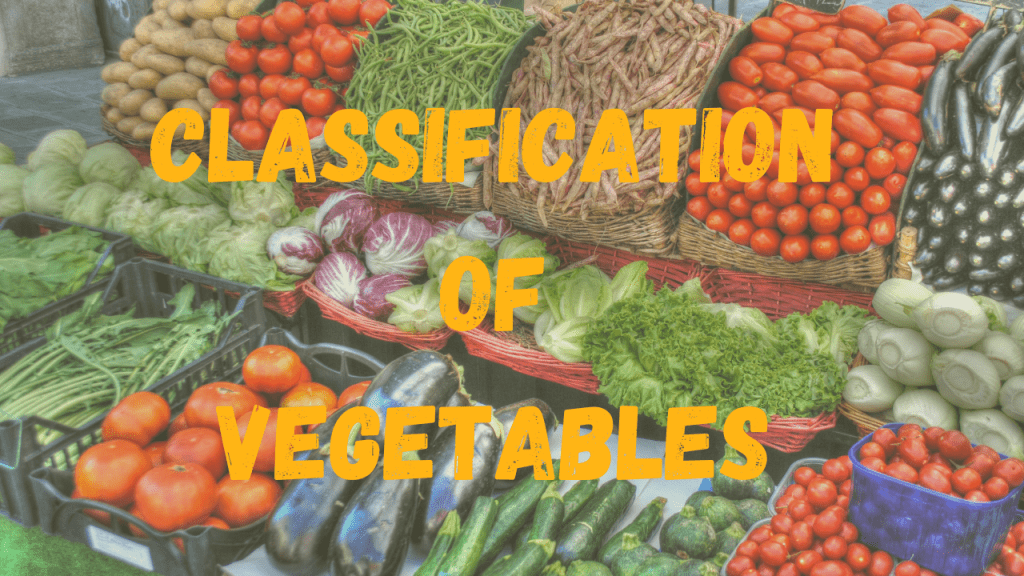
Introduction
Vegetables are a crucial ingredient in curries, soups, gravies, and stews. Cooking them is the best way to eat them. Italian cuisine includes a few vegetables, such as sun-dried tomatoes. Vegetables are frequently pickled for prolonged shelf life. In addition to being utilized in their fresh form, vegetables are frequently used in dried or pickled form.
Classification of vegetables
Vegetables are the main elements of vegetarian cuisine. When it comes to vegetarian cooking, vegetables are the stars of the show. It’s interesting to note how vegetables can be classified based on where they belong in the plant structure. Let’s examine their categorization based on where they fit into the overall scheme of plant structure.
leaf Vegetables
Leafy vegetables make up the first classification of vegetables. They are the vegetable plant’s leaves. They can either be cooked or eaten raw. They can be added to gravies, soups, salads for direct eating, and other dishes. They only have a few days’ worth of shelf life.
Fenugreek, spinach, dill, mint, cilantro, parsley, oregano, thyme, basil, and leeks of onion and garlic were a few examples.
On the underside of the leaves of these vegetables, there may be bugs. So the customer needs to be careful when choosing fresh and high-quality leafy vegetables. Additionally, they must be carefully cleaned before use to remove any pesticides that may have been applied to the leaves.
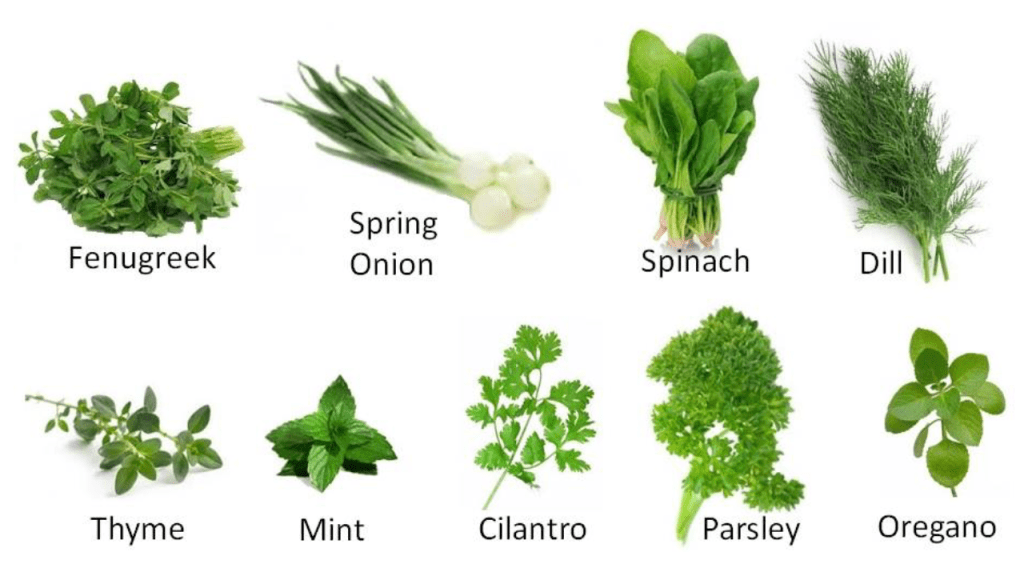
Root vegetables
They are the plant’s roots. Radish, beetroot, turnip, malanga, and carrot are a few instances. If the soil has been adequately removed, it can be eaten raw or cooked. Before use, root vegetables should preferably be peeled.
They are employed in the cooking of stews, sides, and salads.

Stem Vegetables
They are the plant’s functional stems and have a lot of mass. They can be sliced, diced, or chopped. You can eat them either raw or cooked. They have a longer shelf life than leafy vegetables but a shorter one than vegetables with bulbs.
Asparagus and lotus stems are two examples. Pickles are produced in North India using lotus stems.
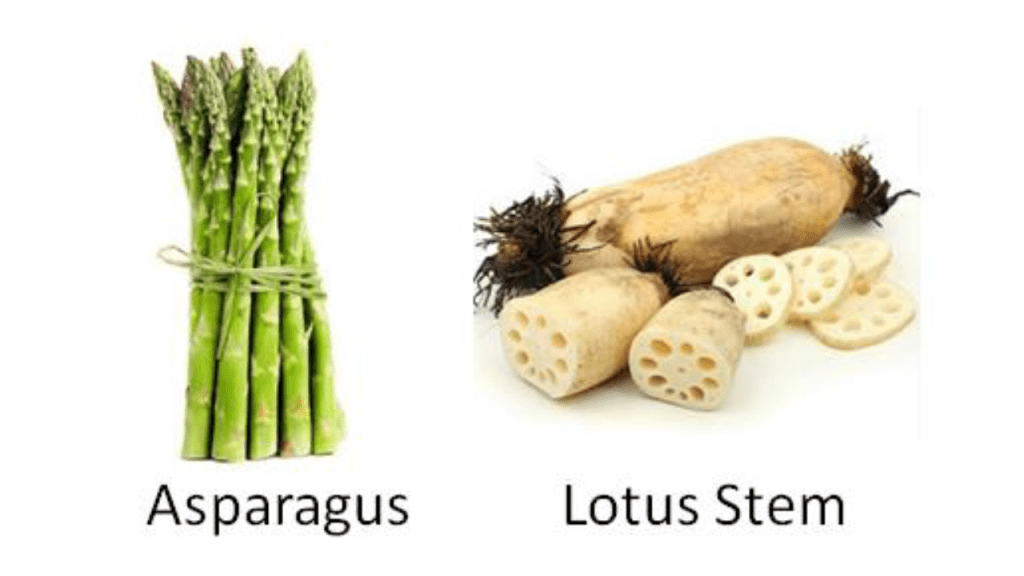
Tube Vegetables
Vegetables known as tubers are growing from the underground stem portion. In a wide range of cuisines across the world, potatoes are used. Pickles and pastes are made with fresh ginger and turmeric.
For instance, some of the stems that grow underground include potato, ginger, turmeric, and artichoke.

Fruit vegetables
Culinary fruits are what they are—the fruits of a plant. They expand significantly. While some require preparation, some of them can be consumed raw. To prepare them for ingestion, they must be cleaned, cut into pieces, and grilled. When cutting these veggies, the chefs must pay close attention to any bugs that may be present.
As a sample, consider drumsticks, eggplant, green chilies, coconut, lady’s finger (okra), tomatoes, cucumber, several varieties of gourds, and various colored bell peppers (capsicums). To prepare stock, soups, and stews, fruit and vegetables are used.

Bud Vegetables
They are primarily found in the plant’s buds. Take lettuce and cabbage, for instance. When they were harvested, they had the appearance of being closed or in flower. Most of them are consumed right away. Salads and sandwiches both contain lettuce. South Asian cuisines frequently use cabbage as an ingredient.
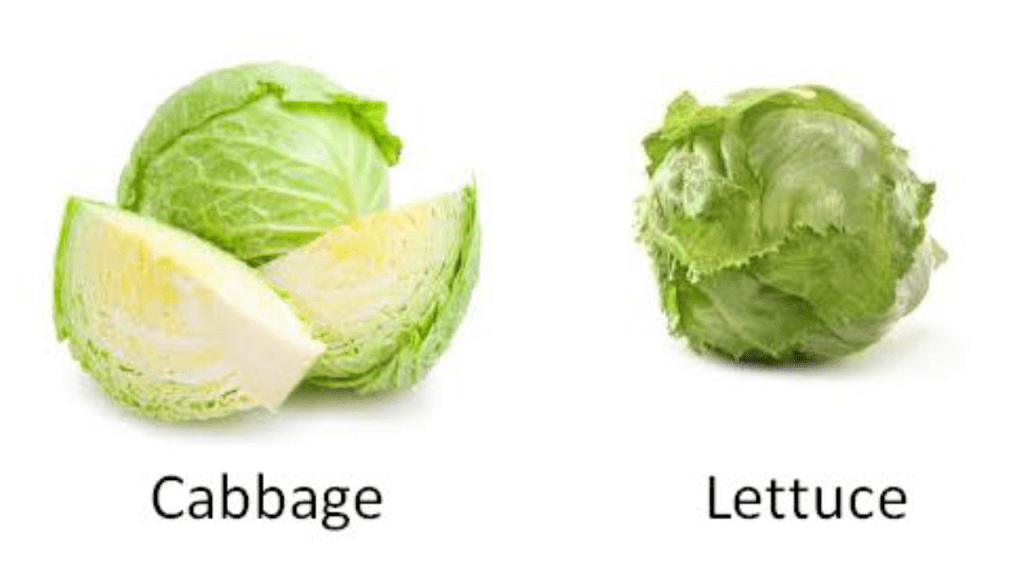
Bulb Vegetables
A plant’s underground place of storage for nutrients is called a bulb. One of the major elements in cooking is the bulb. Soups and stews are flavored with them. Additionally, they are used to season a variety of foods. Compared to other vegetable types, they have a longer shelf life. Garlic with onions is an example.

Flower Vegetables
They are the flowers of vegetable plants. They are cut into pieces and cooked to make stews. They also need thorough washing to remove pests or tiny insects. For example, cauliflower, broccoli, moringa (a flower of the drumstick plant), and artichoke
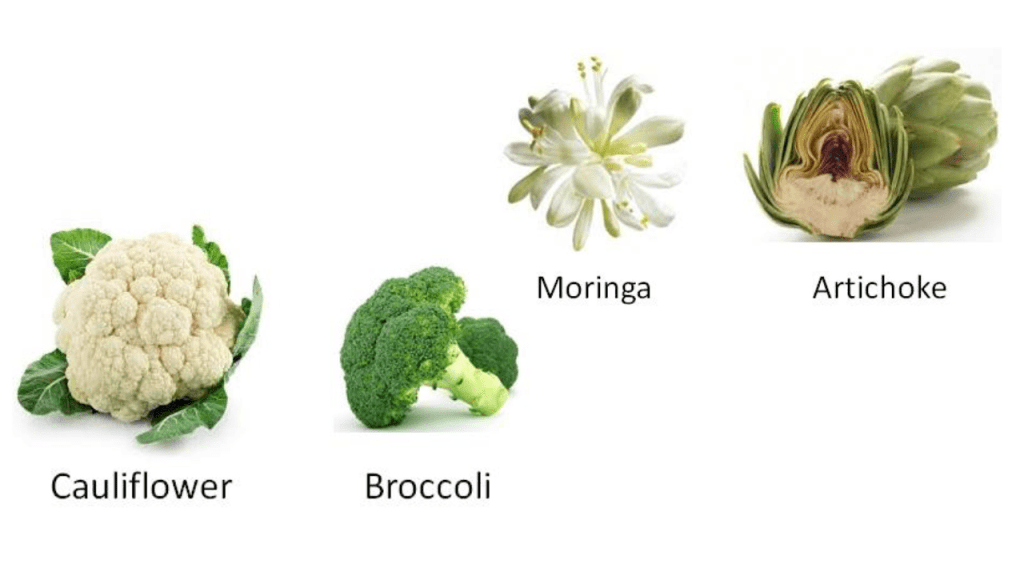
Fungi Vegetable
A commonly used fungus is the mushroom. They are consumed as a staple diet all over the world. There are many types of edible mushrooms with various shapes and colors. Mushrooms are also used in the preparation of sauce.
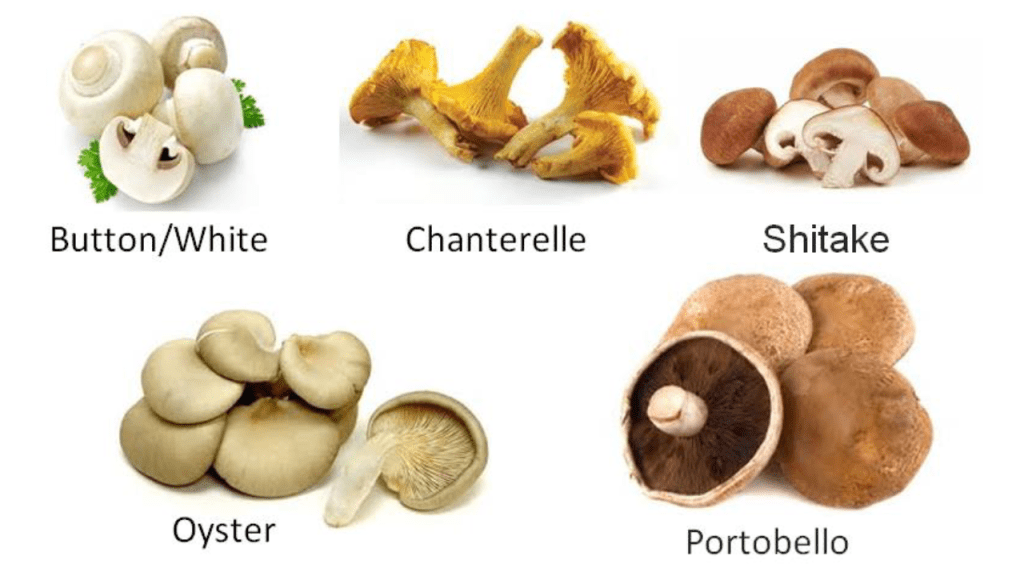
Conclusion
In conclusion, understanding the classification of vegetables is a fundamental step towards making healthier choices in our diets and appreciating the diversity of plant-based foods available to us. We’ve explored the various categories of vegetables, from leafy greens to root vegetables and everything in between. Each category has its own unique nutritional benefits and culinary uses, making it easier for us to incorporate a wide variety of vegetables into our meals.
As you embark on your culinary adventures or seek to improve your nutrition, keep these frequently asked questions in mind:
Now, let’s address some common questions you may have had along the way:
We hope this article, “Classification of Vegetables,” has shed light on the fascinating world of vegetable classification and has encouraged you to explore new vegetables and cooking techniques. Remember, the key to a balanced and nutritious diet is variety, so don’t hesitate to experiment with different types of vegetables in your meals.
We’d love to hear from you! Do you have any additional tips, insights, or favorite vegetable recipes to share? Please leave a comment below, and let’s continue the conversation on the classification of vegetables. Your input can help others on their journey to discovering the delightful world of vegetables. Happy cooking and eating! 🥦🍅🌽
